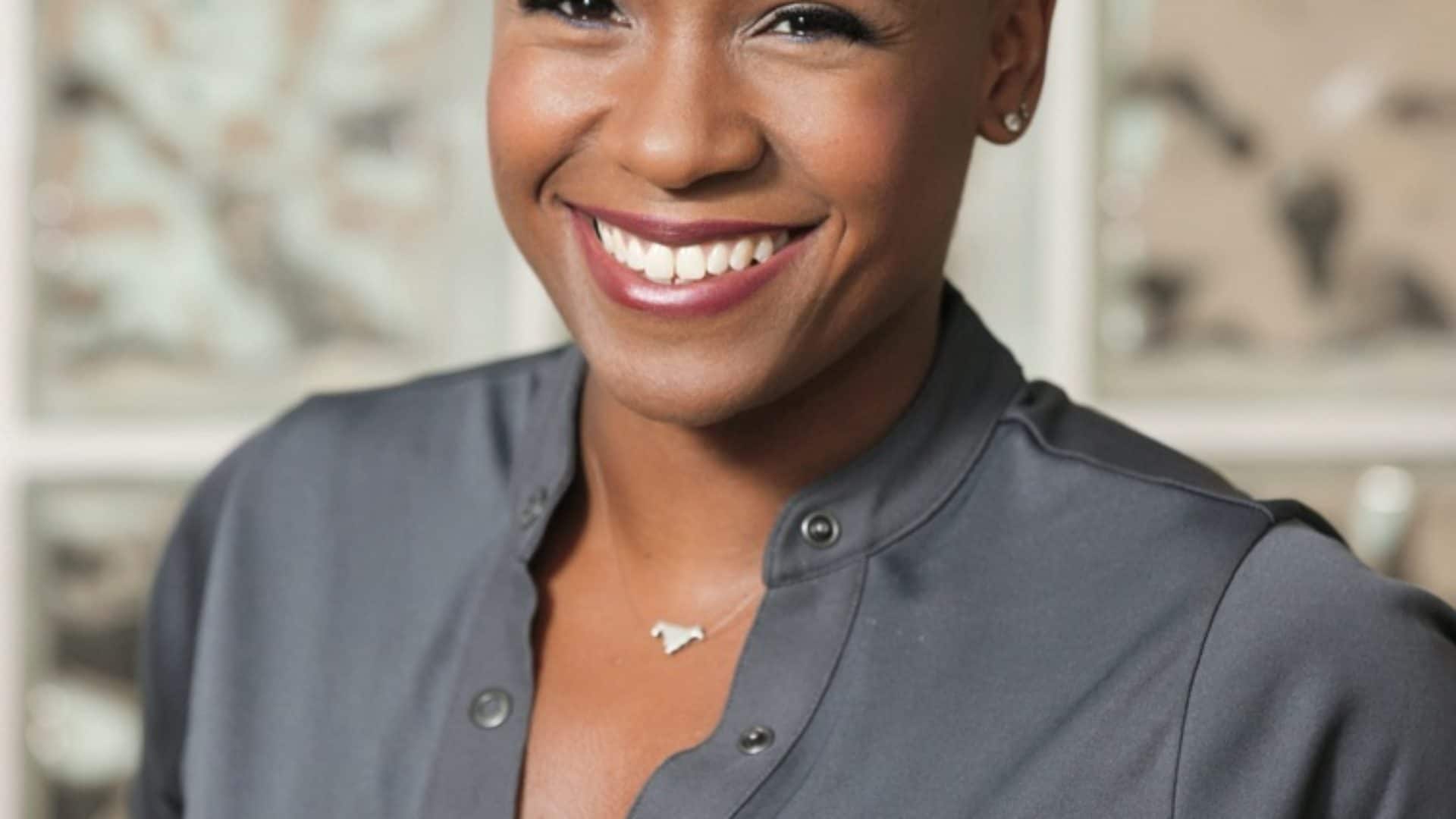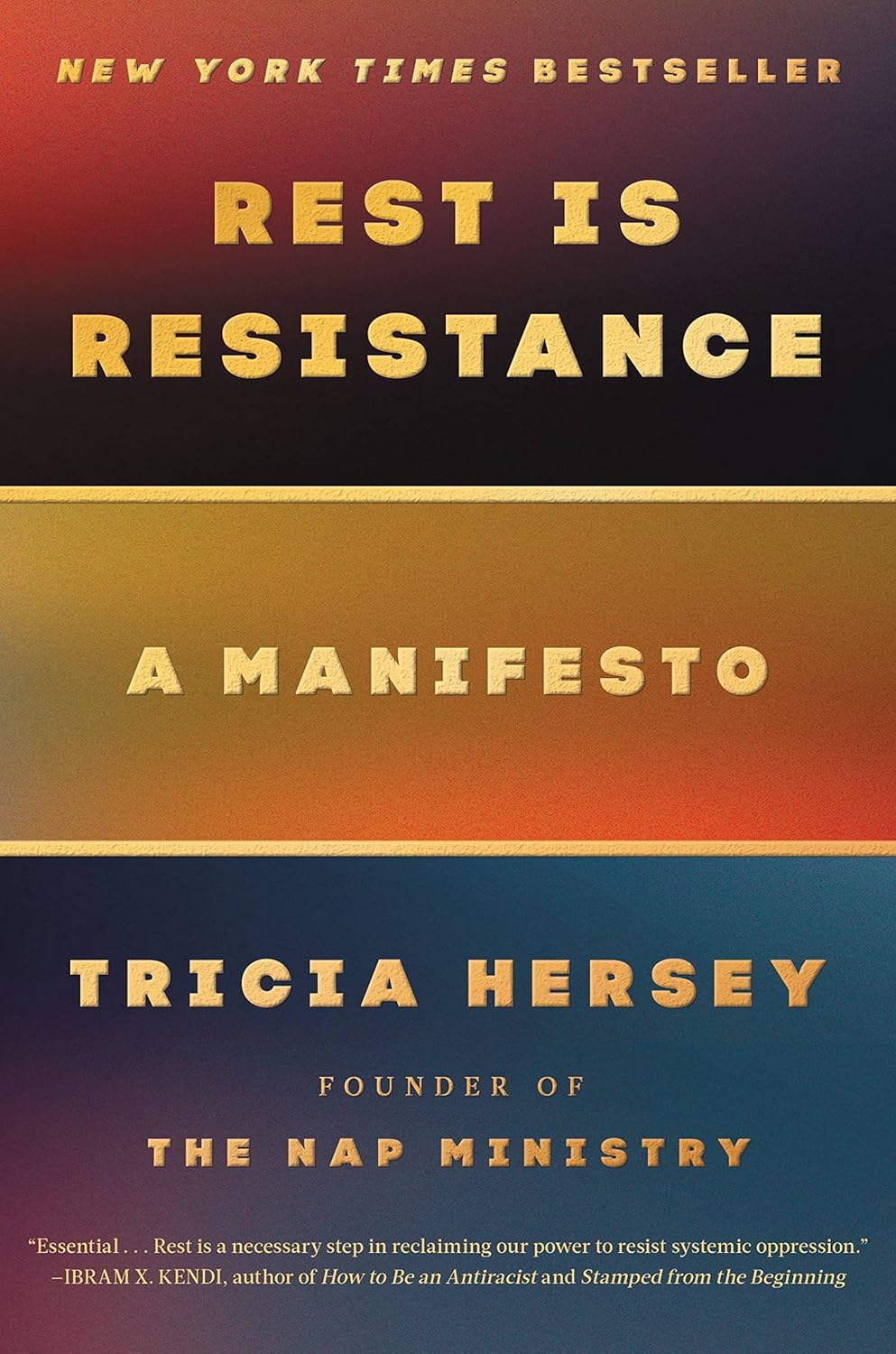
Growing up in Prince George’s County and Charles County, Maryland, Stephanie Lampkin was a competitive tomboy in a low-tech household. There was no Super Mario Kart or cable. Yet her interest in computer science flourished, thanks to the influence of her tech-savvy aunt and her entrepreneurial-minded -mother.
Lampkin learned to code at age 13, majored in engineering at Stanford and went on to pursue an M.B.A. at MIT. Her deep dive into the tech and business worlds ultimately led her to create Blendoor, a recruiting app that eliminates bias from hiring practices. Blendoor levels the playing field by removing a job applicant’s race, gender, name and age, leaving hiring managers with only a prospective -employee’s qualifications.
As for the app’s name, its creator explains that “blend is about diversity and doors are about opportunity and transparency.” Here Lampkin reflects on her evolution from playing with Legos to running a company that is changing the way we get hired.
ESSENCE: What was your first job?
Stephanie Lampkin: When I was around 7, my mom quit corporate America to do her own thing. She really got into Mary Kay, which was inventory-heavy, so when I was around 13 my job was to log all of her products. I was also responsible for entering her receipts into QuickBooks for tax purposes. And sometimes I would even help her with sales.
I didn’t realize it at the time, but this bookkeeping and sales and computer work would come in handy later in life.
ESSENCE: Was there a specific moment while searching for a job that you felt discriminated against?
Lampkin: There were so many experiences. [Laughs] I interviewed for an analytical lead position at [a major tech firm]. I was referred by an MIT classmate. The interview went well—I made it to the final round—but the recruiter’s feedback was that the team didn’t feel that I had enough analytical skill and that I wasn’t technical enough.
I was told they would hang on to my résumé in case a sales or marketing position opened up. I thought, I’ve been in computer science since I was 13. What more can I do? I have degrees from both Stanford and MIT and you’re telling me that I’m still not qualified? It was a big “aha!” moment for me. And one of the catalysts for Blendoor.
ESSENCE: What else inspired you to create Blendoor?
Lampkin: Blendoor came about at the 2014 Digital Undivided conference [which hosts an incubator for Black and Latinx female tech entrepreneurs]. I was working on a different start-up at the time, but I wasn’t getting any traction. So I went back to the drawing board and pitched Blendoor at the event, and I won the hackathon. Hordes of people came up to me afterward. They were like, “This is such a great idea. You should pursue it.”
ESSENCE: What was the most difficult aspect of launching Blendoor?
Lampkin: Fund-raising and building a team. One of the biggest challenges at the start was not having the capital to pay people. Raising money continues to be an obstacle when it comes to keeping the company growing at the pace we need.







ESSENCE: How do you stay positive?
Lampkin: I fall back on my childhood love of Black literature and Black history. I understand the historical context of my situation. Like Harriet Tubman, I don’t really have the perspective that the fight has been won. The struggle is not over. We have a long way to go. M
This story was published in the March 2019 issue of ESSENCE.






